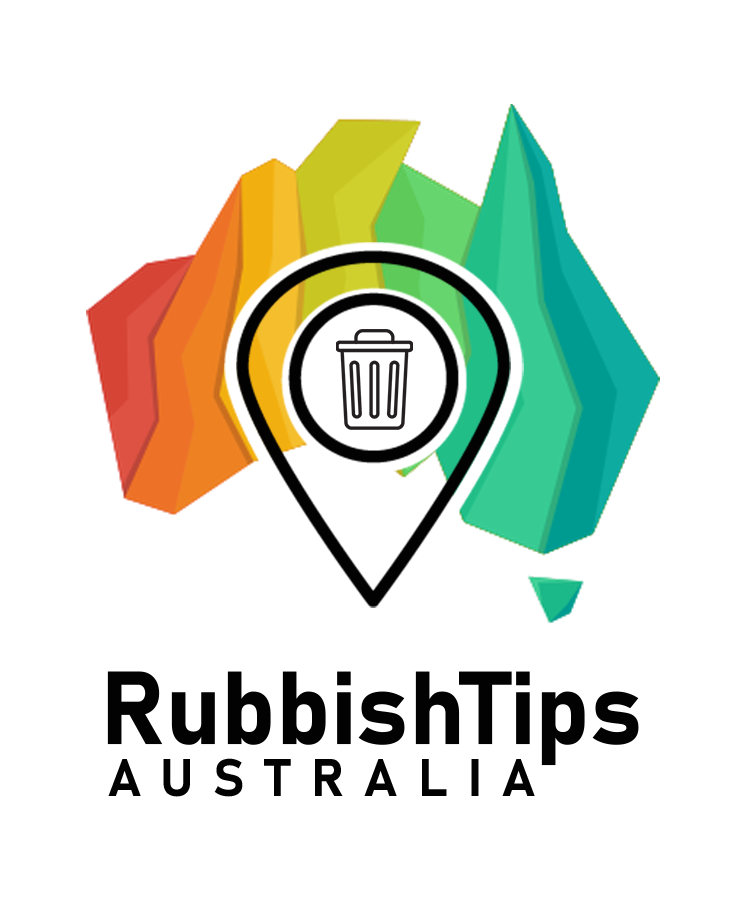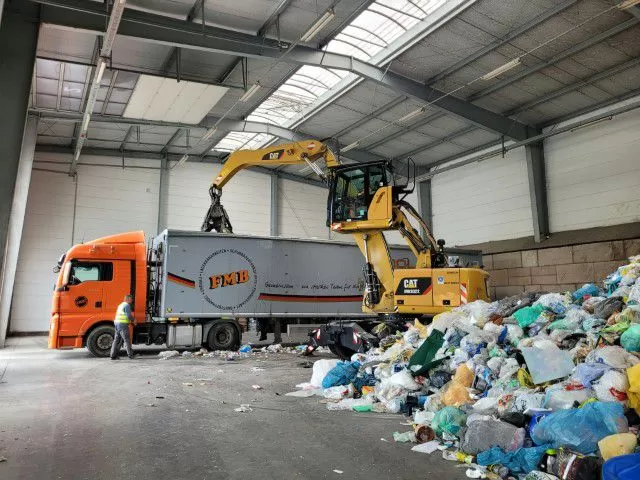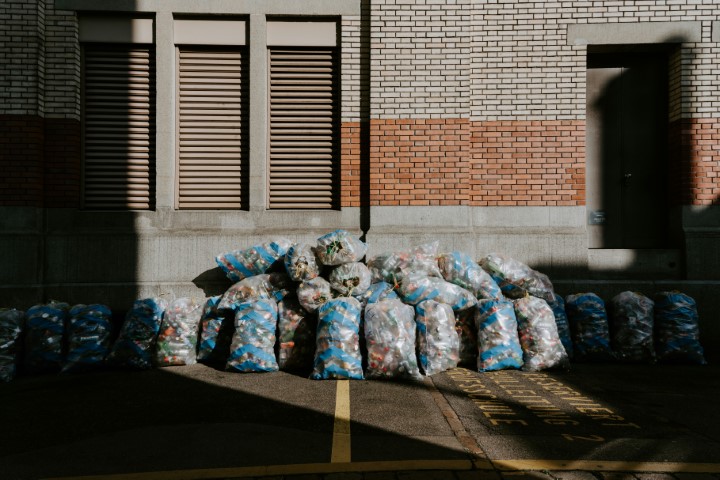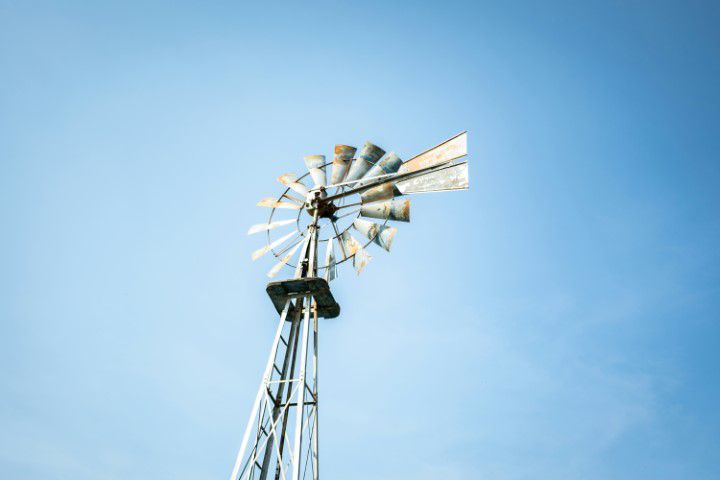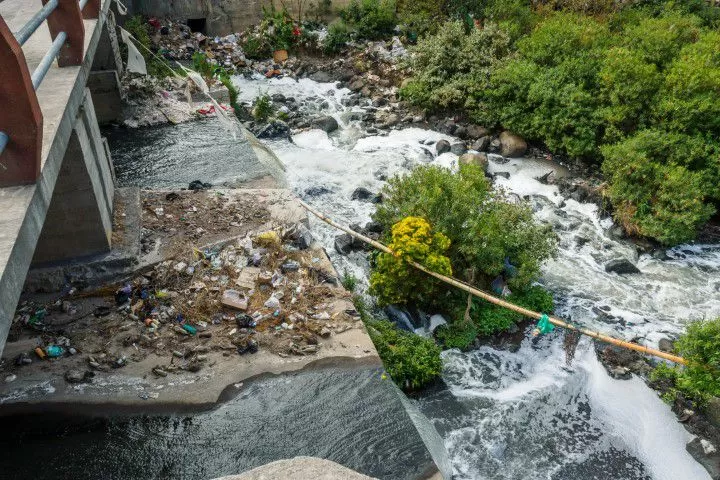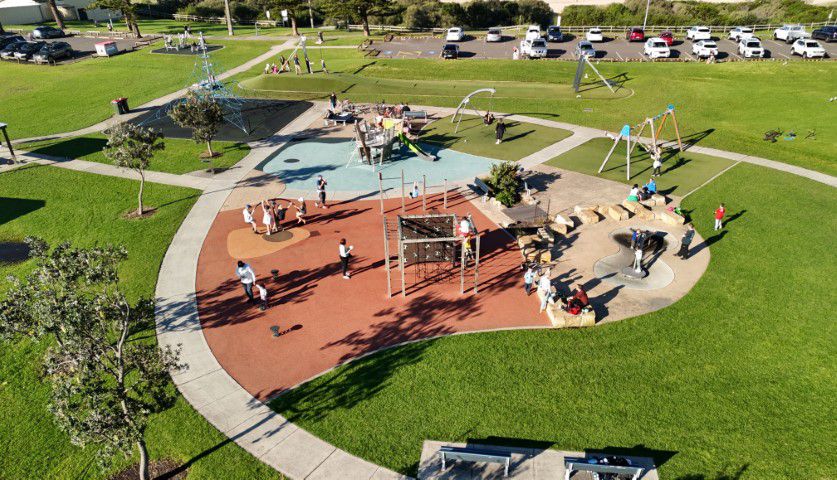
When you think of a rubbish tip, what comes to mind? Probably mountains of rubbish, the unmistakable smell of waste, and perhaps a seagull or two scavenging for scraps. But what if I told you that landfills could be so much more? What if I said that some of Australia’s most innovative projects are turning these supposed wastelands into hubs of creativity, energy production, and even thriving ecosystems? Yes, it’s true—landfills are being transformed from dumps to treasure troves, all thanks to a mix of clever engineering, environmental consciousness, and a little Aussie ingenuity.
The Power of Garbage: Waste-to-Energy Innovations
Let’s kick things off with something that would make even Captain Planet proud: waste-to-energy projects. In Australia, these initiatives are rapidly gaining momentum, turning the stuff we throw away into valuable energy that powers homes, businesses, and more.
One of the standout projects in this space is the Kwinana Waste to Energy Project in Western Australia. It’s the first of its kind in the country and aims to process up to 400,000 tonnes of household and industrial waste annually, diverting it from landfills. The waste is incinerated to generate electricity, producing enough energy to power up to 50,000 homes. The kicker? It significantly reduces greenhouse gas emissions by preventing methane—a potent greenhouse gas—from being released into the atmosphere, which would have occurred if the waste had been left to decompose in a traditional landfill.
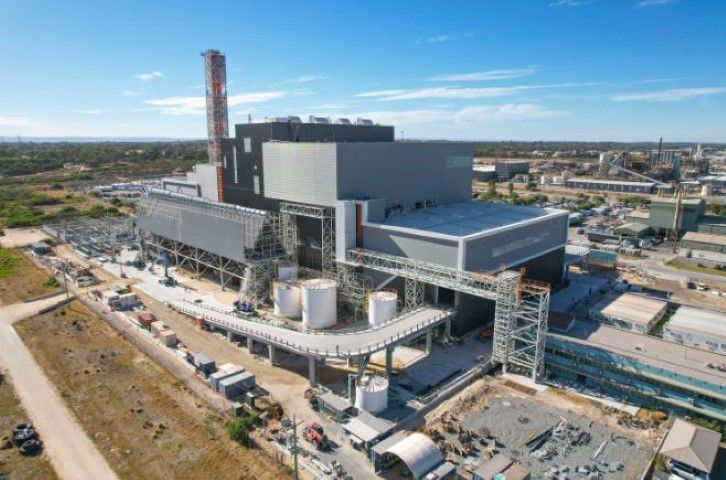
And it’s not just Kwinana making waves. In Victoria, the Maryvale Mill project is another example of turning trash into treasure. This facility converts non-recyclable waste into renewable energy, helping to power the nearby paper mill and reducing its reliance on fossil fuels. Projects like these are setting the stage for a cleaner, greener Australia, all while solving the age-old problem of what to do with our rubbish.
Landfill Gas: Turning Methane into a Goldmine
Now, let’s talk about gas—specifically, the methane that’s produced when organic waste breaks down in landfills. While methane is a significant contributor to global warming, Aussie innovators have found a way to turn this problem into a solution. Landfill gas capture and utilization projects are becoming increasingly common across the country, converting harmful methane into a valuable energy resource.
The Woodlawn Bioreactor in New South Wales is a prime example. This facility captures landfill gas and converts it into electricity, generating enough power to supply up to 30,000 homes. It’s a win-win situation: the environment gets a break from harmful emissions, and the community benefits from a renewable energy source.
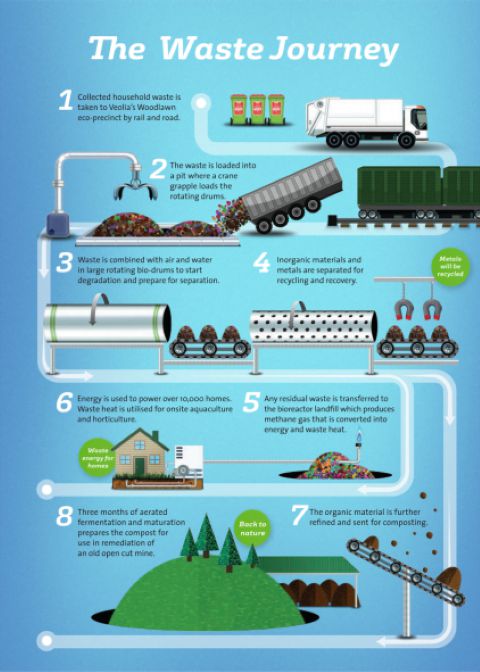
But Woodlawn isn’t stopping there. The site is also home to advanced composting operations, where organic waste is turned into high-quality compost that’s used in agriculture. This approach not only reduces the amount of waste going to landfill but also supports sustainable farming practices. In essence, Woodlawn is showing us that with a bit of creativity, a landfill can be more than just a final resting place for our waste—it can be a thriving centre of resource recovery and environmental stewardship.
Turning Landfills into Green Spaces
So, we’ve covered energy and gas, but what about the land itself? Believe it or not, Australia is home to several projects that are turning old, closed landfills into lush, green spaces that benefit both people and wildlife.
Take Sydney Park in New South Wales, for instance. This popular urban park was once the site of a landfill, but you’d never guess it by looking at it today. The area has been transformed into a sprawling green space complete with wetlands, walking trails, and even an award-winning water reuse system that captures and treats stormwater for irrigation. The park not only provides a recreational area for locals but also plays a crucial role in supporting biodiversity in the heart of the city.
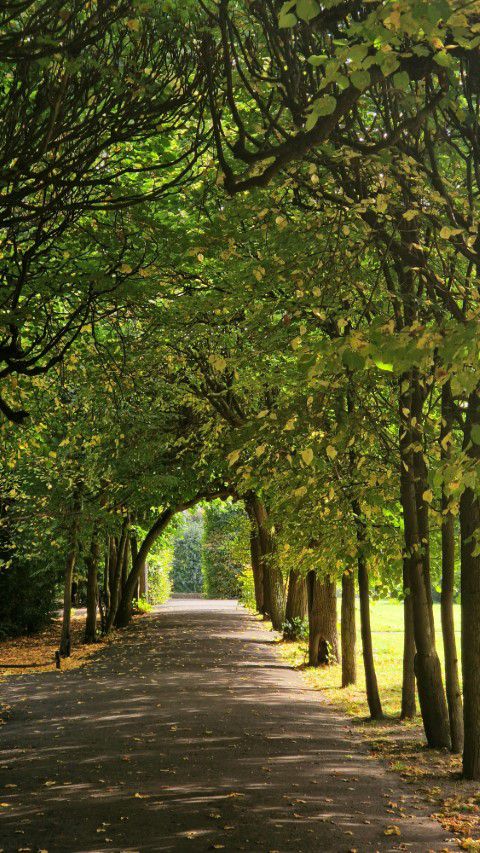
Another impressive example is Brisbane’s Mount Coot-tha Quarry. Once a landfill, this site has been rehabilitated and is now a thriving public space that includes picnic areas, walking tracks, and scenic lookouts. The transformation of these former landfills into community assets is a testament to the power of innovative thinking and environmental restoration.
See here for more rubbish tips all across Australia that have been transformed into greener spaces.
Mining Landfills: Digging Up the Past for a Greener Future
Here’s an idea that sounds almost too futuristic to be true: landfill mining. Instead of simply capping old landfills and leaving them be, some Australian projects are exploring the potential of digging them up and reclaiming the valuable materials buried within.
The Southern Metropolitan Regional Council (SMRC) in Western Australia has been leading the charge in this area. Their project involves excavating an old landfill to recover recyclable materials, such as metals and plastics, that were originally dumped decades ago. By mining these landfills, not only can we recover valuable resources, but we can also reclaim the land for other uses, such as green spaces or new developments.
Landfill mining is still in its early stages in Australia, but the potential is enormous. As we continue to innovate and find new ways to reduce our environmental footprint, landfill mining could become a crucial part of our waste management strategy.
Community Engagement: The Heart of Innovation
None of these projects would be possible without the support and involvement of local communities. In many cases, community engagement is at the heart of these innovative landfill projects. From volunteering in rehabilitation efforts to participating in educational programs about waste reduction, Aussies are playing a vital role in transforming landfills into something valuable.
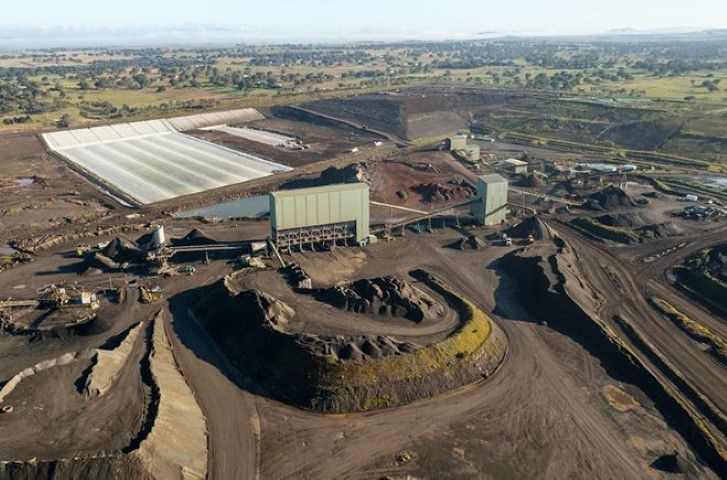
Take the Wollert Landfill Community Reference Group in Victoria, for example. This group works closely with the operators of the Wollert Landfill to ensure that the facility is managed in a way that minimizes its impact on the surrounding community. The group’s input has been instrumental in guiding the development of the site, including initiatives to capture landfill gas and enhance local biodiversity. It’s a prime example of how communities can collaborate with industry to create positive outcomes for everyone.
Conclusion: From Rubbish to Riches
Australia’s most innovative landfill projects are proving that with the right mix of technology, creativity, and community spirit, even the most unassuming piles of rubbish can be turned into something extraordinary. Whether it’s generating renewable energy, creating green spaces, or recovering valuable resources, these projects are leading the way in showing how we can turn trash into treasure.
As we look to the future, it’s clear that the way we think about waste is changing. No longer is a landfill just a final destination for our garbage—it’s a source of potential, a catalyst for innovation, and a testament to the power of sustainability. So next time you toss something in the bin, remember that with a little ingenuity, it might just be part of the next big thing in Australia’s landfill revolution.
Sources:
- Waste Management Review. (2023). Kwinana Waste to Energy Project. Retrieved from https://www.wastemanagementreview.com.au
- Australian Renewable Energy Agency (ARENA). (2022). Landfill Gas to Energy Projects. Retrieved from https://arena.gov.au
- Sydney Park Wetlands Project. (2023). City of Sydney. Retrieved from https://www.cityofsydney.nsw.gov.au
- Southern Metropolitan Regional Council. (2023). Landfill Mining and Resource Recovery. Retrieved from https://www.smrc.com.au

Matt Flare was born and raised in the Northern Sydney beachside suburbs and is fascinated by how our society handle the millions upon millions of tonnes of waste we produce every day.
How to Reduce Your Household Waste: Tips Before You Head to the Tip
Picture this: it’s the year 2050, and Australia has officially…
The Future of Waste Management in Australia: Are We Ready for Zero Waste?
Picture this: it’s the year 2050, and Australia has officially…
Australia’s Most Innovative Landfill Projects
When you think of a rubbish tip, what comes to…
Illegal Dumping: How It’s Affecting Our Aussie Communities
Imagine you’re out for a morning jog, enjoying the fresh…
How Some Aussie Landfills Are Being Transformed Into Community Parks
Landfills aren’t exactly known for their beauty. They’re where we…
$100 Million Worth Of Art Dumped At A Tip
Imagine this: a hidden fortune worth $100 million, buried beneath…
